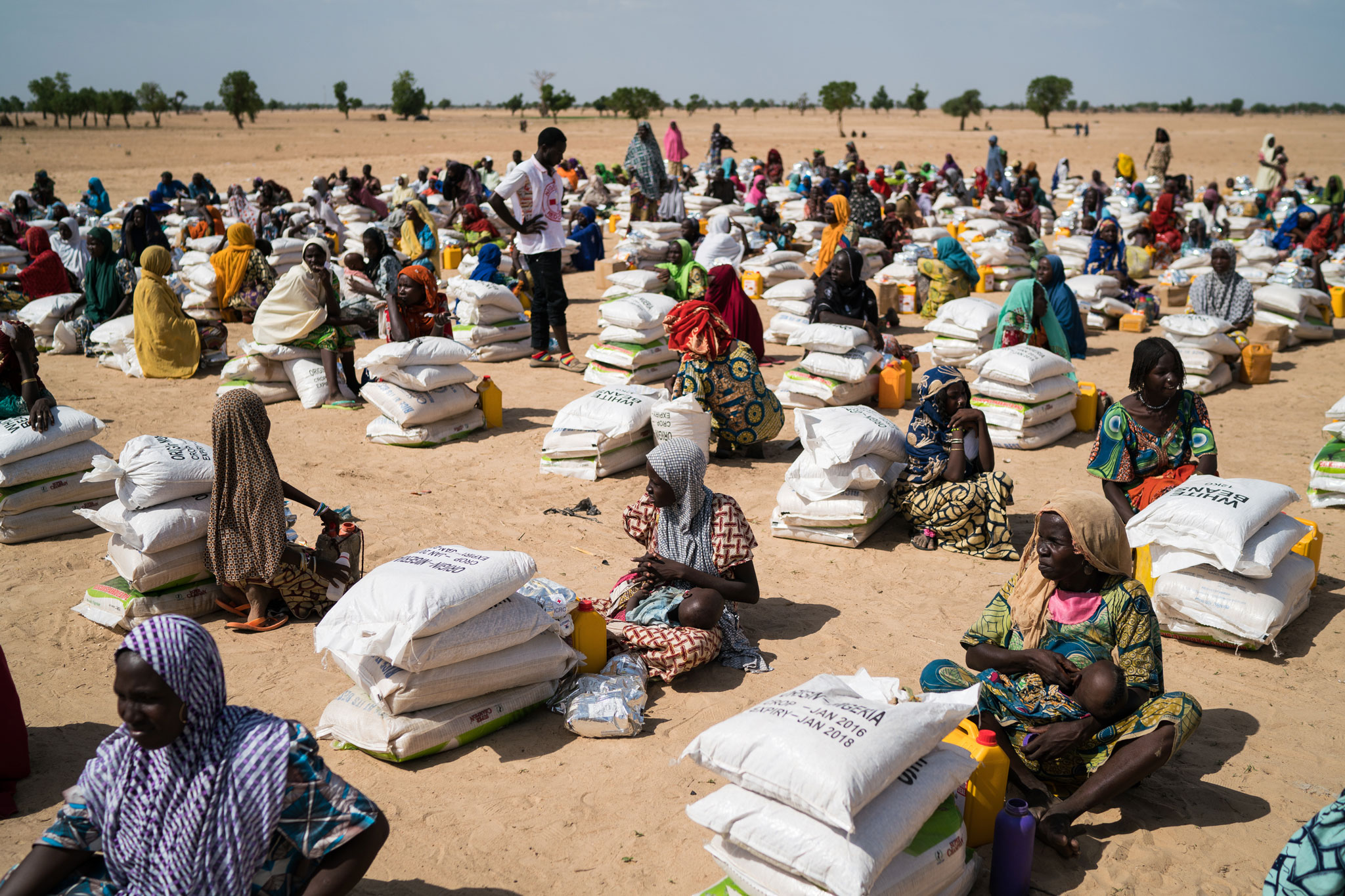
Since the beginning of the 20th century, Buddhist-majority Thailand (then Siam) has aggressively pursued a policy of assimilation, which Malays reject as an infringement on their cultural and religious identity. This Malay-speaking region, known as Patani, came under Siam’s control in 1785, following its defeat. The conflict is deeply rooted in historical tensions and mistrust. Moreover, government and rebel peace negotiators as well as the Malaysian facilitators of the negotiations are exploring ways to move beyond confidence-building measures and take up more concrete, substantive issues. (Adam Dean/The New York Times)Ī growing number of officials are talking about the need to move beyond conflict management to conflict transformation in order to focus on the root causes of the insurgency. Storm clouds blanket Bangkok on May 8, 2021. Despite decades of protracted armed conflict, there is recent cause for optimism.

Levels of violence have oscillated over the course of the conflict, with the most recent insurgency arising in the early 2000s. A separatist movement that emerged in the 1960s sought to carve out the Muslim-majority region as an independent state. Thailand’s southernmost region is home to one of Asia’s longest-running armed conflicts.


 0 kommentar(er)
0 kommentar(er)
